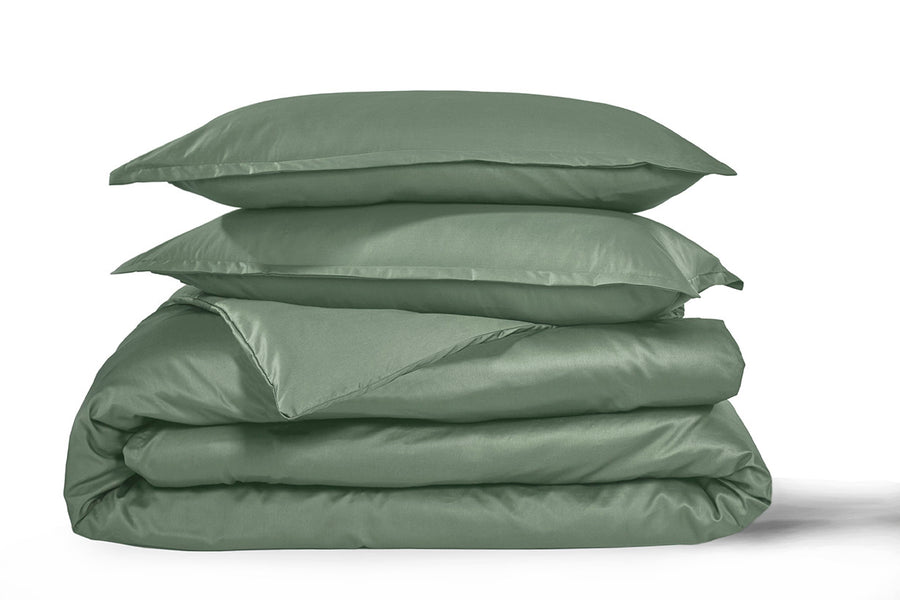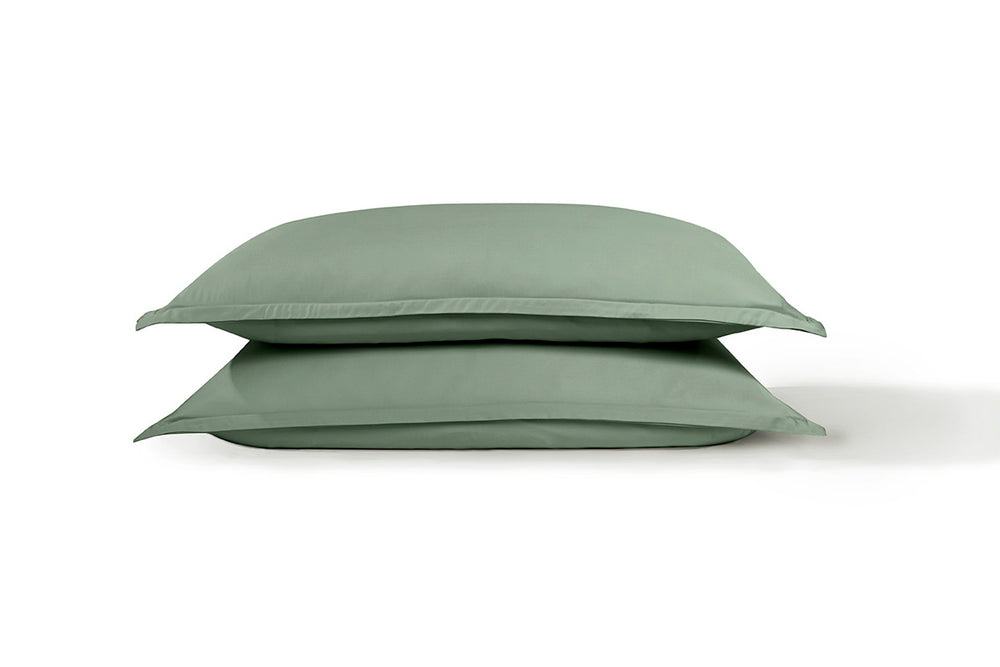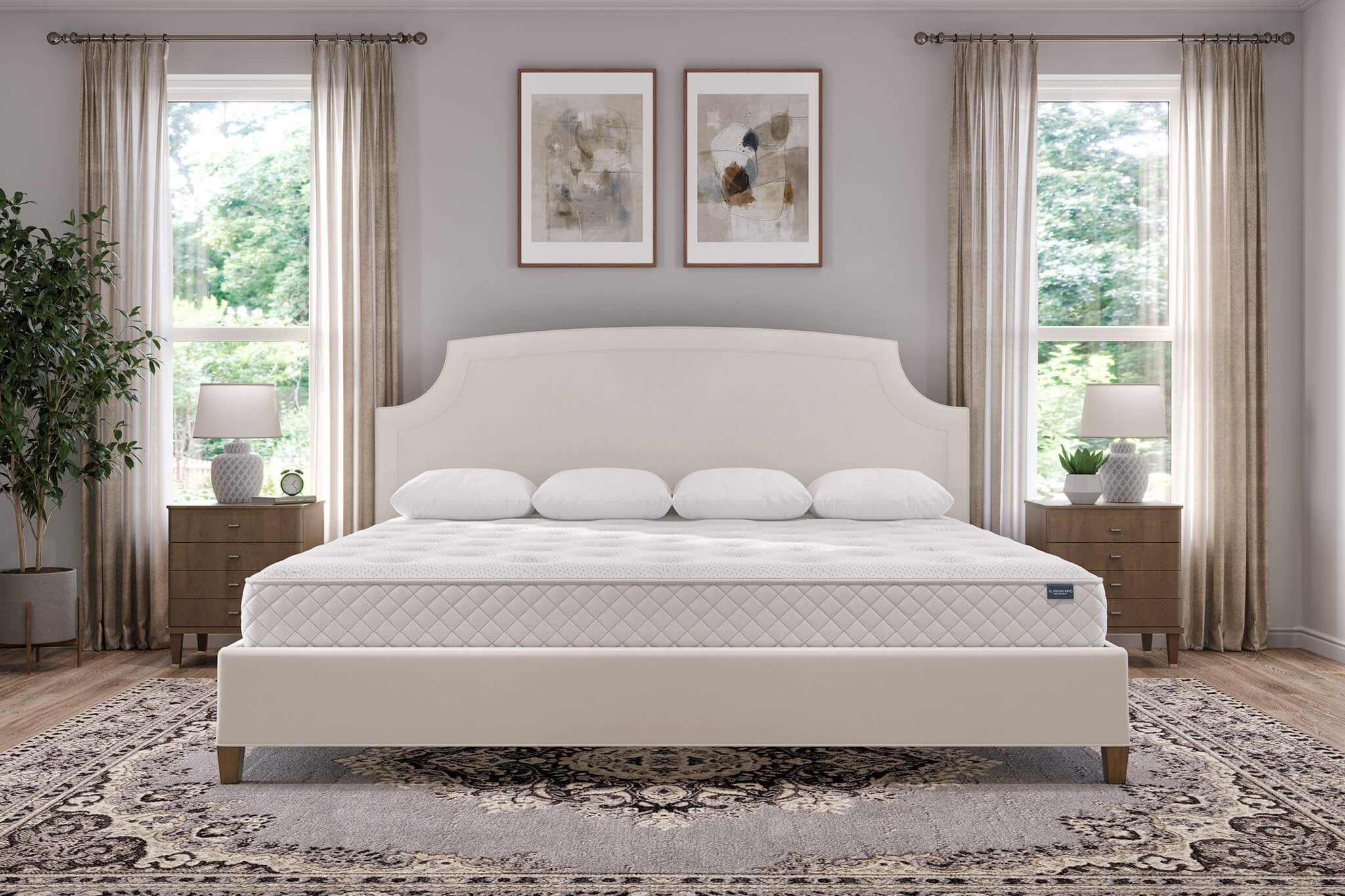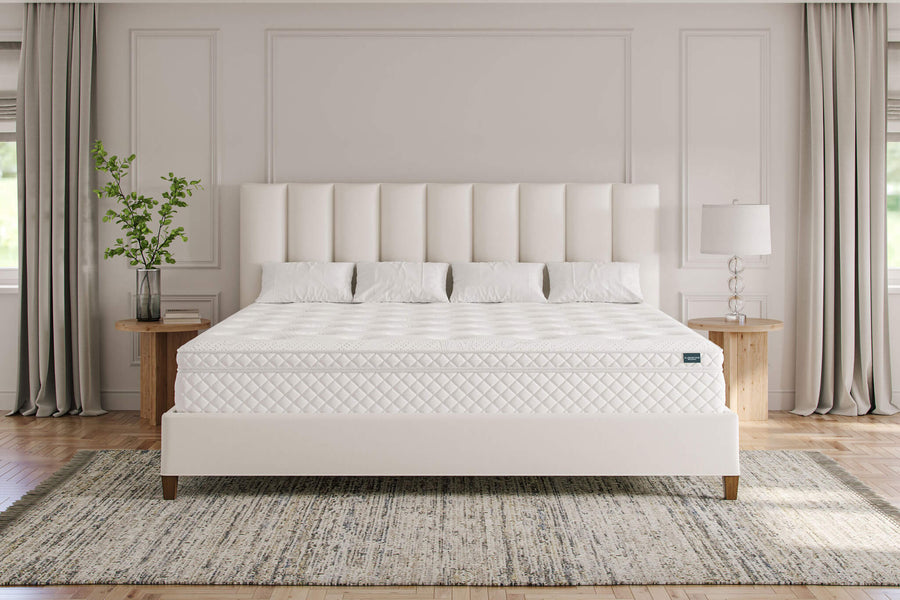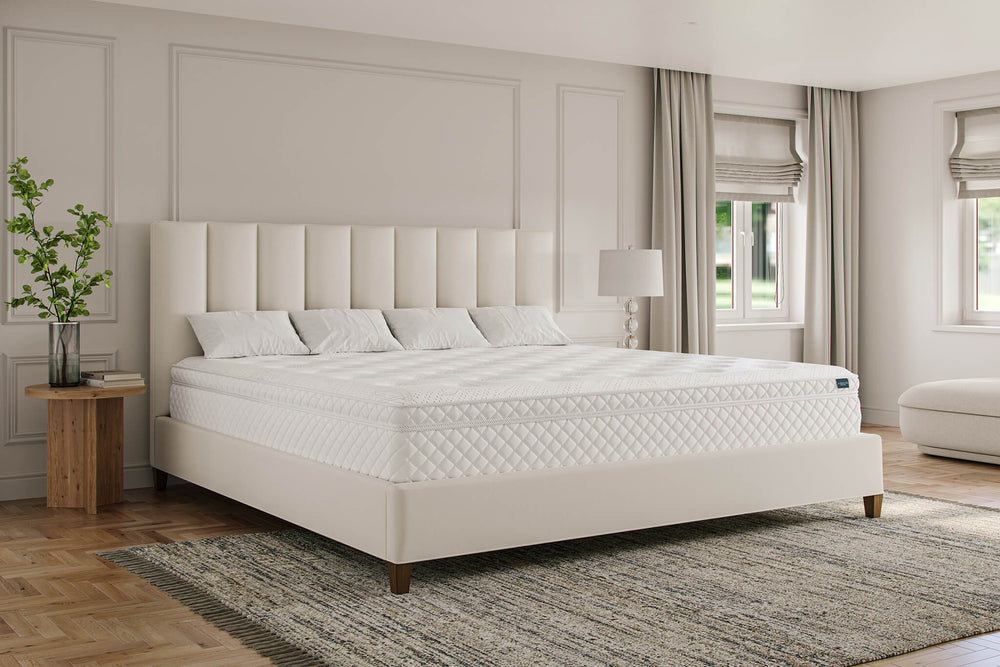Different Kinds of Naps You Can Take and the Benefits of Each One
Many people feel their energy levels dropping during the mid-day, usually after lunch. As a result, you typically feel sluggish, sleepy, and unmotivated to continue with your daily tasks.
That leaves you with two options: drink another cup of coffee or take a nap and hit that refresh button.
A good nap can fight off fatigue and help you stay focused. However, if you don’t know how to nap, you risk having difficulty falling asleep in the evening.
That’s why we’ve created this guide to different kinds of naps and how they can help you remain productive. Read on to learn all about them.

1. Power Naps
Power naps are the most common, usually lasting 20-30 minutes. These short naps help overcome the mid-afternoon slumps and give an energy boost to power you for the rest of the day.
The important thing about power naps is that they don’t let you reach the deeper stages of sleep. This means you don’t wake up groggy and disoriented, which is often a problem when you take a longer nap. Instead, you feel energized and alert, which is ideal if you must continue working or studying.
A 2021 systematic review and meta-analysis has confirmed that short naps can help people improve alertness and cognitive performance.
The trick is to limit them to 30 minutes and take them between 1 PM and 3 PM. This is when our bodies hit a natural slump, plus you may feel sluggish after lunch. So, a power nap is a perfect way to refresh your body and mind.
Power Nap Benefits
Taking a power nap has several benefits:
- Increased alertness: If you’re unable to focus on a task, a quick power nap can help improve your attention and cognitive performance for the rest of the day.
- Better mood: A power nap can make you feel more relaxed and happy.
- Lower stress: A quick nap can help people unwind and calm down, reducing the effects of stress and anxiety.
- Better memory: Sometimes, you can’t remember anything, no matter how hard you try. A power nap can refresh your brain and support your learning abilities.
- Improved productivity: By reducing fatigue and providing a quick energy boost, power naps help you improve productivity and performance.
Caffeinated Power Naps for Pro Nappers
If you need to stay focused for the rest of the day, you can elevate the energy-boosting abilities of your power nap with a small cup of coffee. Caffeine needs around 20 minutes to kick in. So, you can drink a small cup and take a quick 20-minute power nap. As a result, this can further boost the benefits of your power nap.
Caffeinated power naps can be a real game-changer for people who have to work the night shift or pull an all-nighter. In fact, a pilot study discovered that this type of nap significantly improved alertness and made people feel less tired during the night.
2. Recovery Naps
People usually take recovery naps after not getting their full night of sleep. They feel sleep deprived, and these longer naps of 45-60 minutes can help them recover lost sleep and reduce fatigue.
However, longer naps are a double-edged sword. That’s because you can enter the stages of deep, restorative sleep. This is great for fighting off fatigue and restarting your brain, but there is one big downside – you can feel groggy when you wake up.
Sleep inertia can last for 15 to 60 minutes. That’s why you should only take recovery naps when you feel like power naps can’t do the trick.
Recovery Nap Benefits
Recovery naps can help combat stress, improve mood, and promote wakefulness. However, these are the most prominent benefits:
- Reduced sleep deprivation: Lack of sleep can make you feel tired, sluggish, and unmotivated. Taking a recovery nap can fight off the effects of sleep deprivation.
- Better cognitive performance: A recovery nap can help improve your memory, learning abilities, and performance.
- Improved safety: Sleep deprivation can slow down your reaction times, which increases the chances of accidents and errors. This is particularly dangerous for people operating heavy machinery or driving. That’s why taking recovery naps is important when you feel sleep-deprived.
3. Full-Cycle Naps
Our sleep cycles consist of several stages, including light, deep, and REM sleep. On average, our brains need around 90 minutes to shift through all the phases and complete the entire cycle. That’s why some people feel the most refreshed after napping for an hour and a half.
Full-cycle naps are a great way to compensate for lost sleep and fight off chronic fatigue. Many people prefer them over recovery naps because you enter light sleep stages again, which makes it easier to wake up without feeling drowsy.
The downside is that full-cycle naps are harder to fit into your schedule and may disrupt your sleep if you take them too close to bedtime.
Full-Cycle Nap Benefits
Taking full-cycle naps has many benefits:
- Improved energy levels: Most people feel refreshed and energized after taking a full-cycle nap, which helps them stay productive.
- Reduced sleep deprivation: Just like with recovery naps, these long naps can mitigate the effects of sleep deprivation and improve your performance and safety.
- Creativity boost: Taking longer naps can benefit your creativity, allowing you to solve problems more easily.
- Cognitive performance: Long naps can improve memory, learning abilities, and overall mental performance.
- Better mood: Waking up from a long, restful nap can help balance your mood and de-stress your brain.
4. Habitual Naps
A habitual nap is taken at the same time each day (at least two times per week), whether you feel tired or not. They are the most common among children and older people, but many other adults also take regular naps. That’s because they help them stay energized, alert, and motivated.
The length of a habitual nap can vary from person to person, but the majority nap for 30-60 minutes. The most important thing is to listen to your body and figure out what works for you. Napping too often, too long, or too close to bedtime may interfere with regular sleep.
Habitual Nap Benefits
People take regular naps because they offer several benefits:
- Feeling refreshed and energized: A regular mid-day nap helps overcome those mid-day energy dips. It can keep your energy levels steady and support you for the rest of the day.
- Better cognitive performance: Regular naps can help you maintain focus, alertness, and learning abilities. That’s why they can provide a nice mental performance boost.
- Better physical performance: Athletes often take naps to support their physical health. This helps muscle recovery, allowing them to maximize their performance.
- Better mood: If you often feel overwhelmed and anxious, taking a daily nap could help take the edge off, reduce stress, and improve your mood.
Take a Nap on the Alaskan King Mattress
Mastering the art of napping is not easy. However, one thing is certain – it’s easier to take a good nap on a top-quality giant mattress.
That’s why we’ve challenged our artisans to create the best sleeping surface for the whole family. The results are our Alaskan King mattresses, perfect for sleep, naps, and everything in between.
Visit the online store to discover our Alaskan King mattresses and start napping like a baby.


